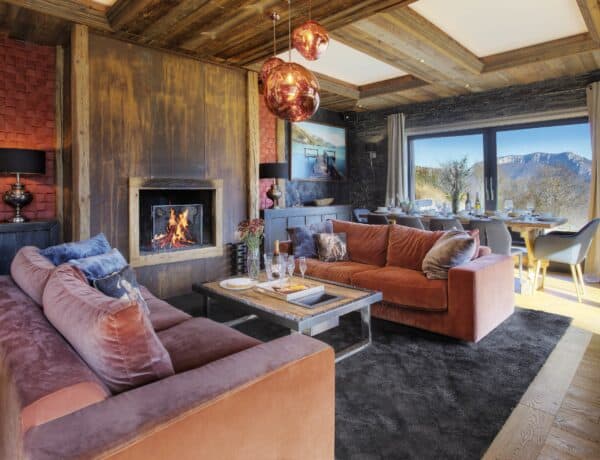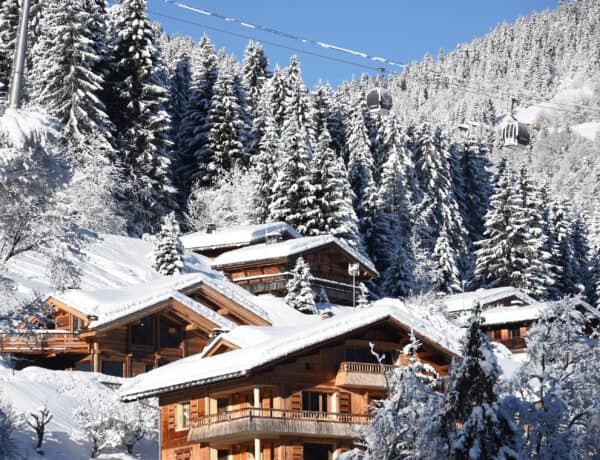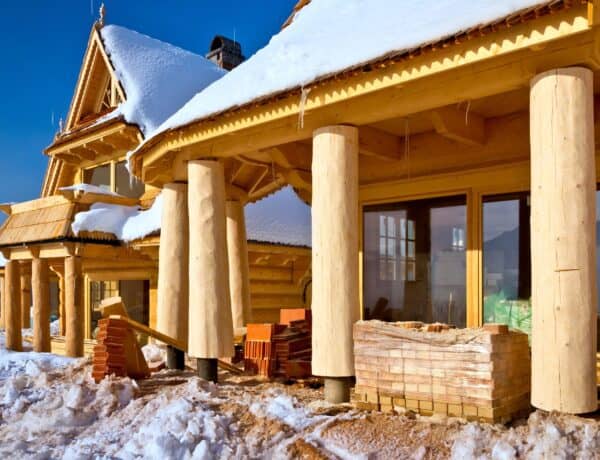Over the last three years, property prices per square metre in the Northern French Alps have risen by almost 30% and those in the Southern Alps rose by more than 9% in 2022 alone. Plus, the French Alps has still managed to retain its allure, attracting a steady influx of tourists year-round.
So, is investing in a French ski resort still a good strategy in 2023? The short answer is yes, and here are 10 reasons why…
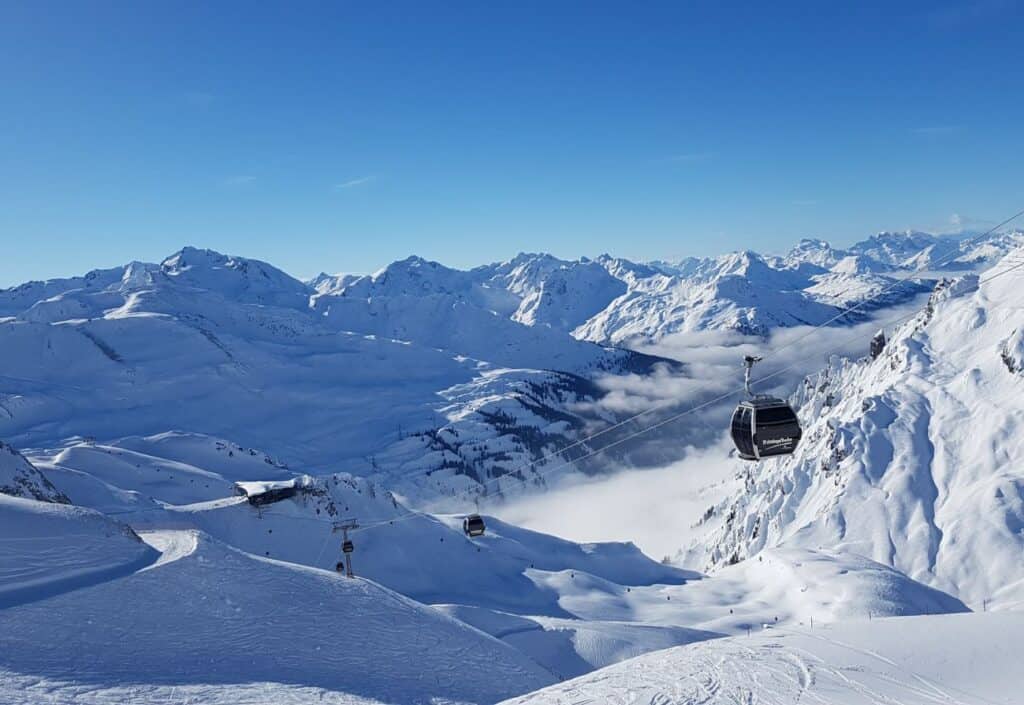
1. Return on investment
Capital appreciation
Ski resorts tend to increase in value over time. Tourism and interest in outdoor activities such as skiing and snowboarding continue to grow and the demand for property in ski resorts therefore follows the same trend.
As a result of these dynamics, property prices are rising, leading to substantial appreciation in this type of capital over the years.
Investors who buy now are therefore adopting a long-term investment strategy and will likely be able to resell at a much higher price.
Rental income
Another advantage of owning a property in a ski resort is the prospect of generating regular rental income. Many people visit ski resorts for the wonderful scenery, recreational activities or lively winter programmes, creating a constant flow of tourists and holidaymakers seeking accommodation.
All these holidaymakers are potential seasonal tenants looking to rent out a property. This will help offset the initial investment costs, or even generate ongoing profits if the rental strategy has been thought out with experts.

A mixed strategy
Adopting a mixed strategy allows greater flexibility as you can decide to use your property as you wish while generating rental income when you’re not occupying it. This combination of long-term wealth accumulation and short- to medium-term cash flow can be particularly advantageous if you wish to diversify risk.
OVO Network is a trusted partner when it comes to investing in mountain resorts. Our rental management service can help you put in place a tailor-made strategy to maximise your income without you having to lift a finger. Our experts are here to guide you in choosing the best investment opportunities and ensuring maximum visibility for your property.
2. Resorts where your money goes further
When you want to invest in a resort, it’s crucial to assess the actual price range in a given sector, as well as the potential for value enhancement specific to each destination.
The advantage of investing in affordable resorts
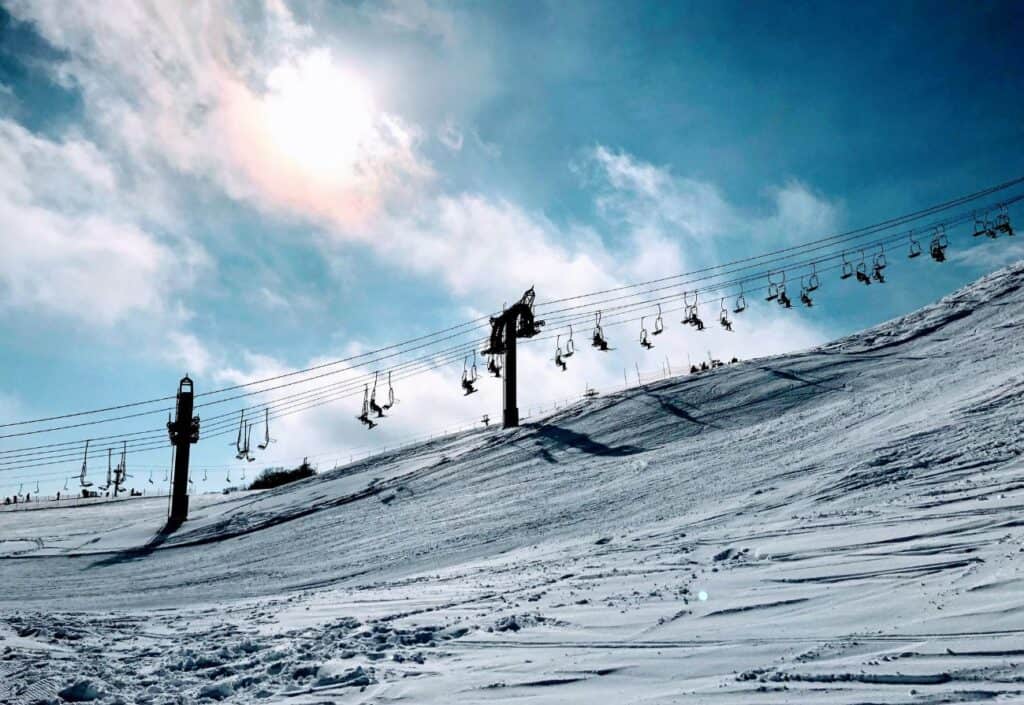
While well-known resorts such as Megève and La Clusaz have already achieved a certain level of appreciation, some smaller resorts, such as Samoëns and Morillon, still have room to increase the value of their real estate.
Although visitor numbers to these resorts are rising steadily due to less availability in the more expensive resorts and the continual improvement of infrastructure and diversification, their price per square metre is still very affordable.
| Megève | La Clusaz | Samoëns | Morillon | |
| March 2015 | 7997€/m² | 7479€/m² | 3901€/m² | 3747€/m² |
| March 2016 | 7997€/m² | 6559€/m² | 3963€/m² | 3803€/m² |
| March 2017 | 8098€/m² | 6726€/m² | 3961€/m² | 3710€/m² |
| March 2018 | 8230€/m² | 6407€/m² | 4157€/m² | 3859€/m² |
| March 2019 | 8352€/m³ | 7453€/m² | 4323€/m² | 3680€/m³ |
| March 2020 | 8957€/m² | 7653€/m² | 4386€/m² | 3941€/m² |
| March 2021 | 9422€/m² | 7727€/m² | 4613€/m² | 3941€/m² |
| March 2022 | 10 516€/m² | 8438€/m² | 4920€/m² | 4150€/m² |
| June 2023 | 11 756€/m² | 9418€/m² | 5924€/m² | 4610€/m² |
A wide range of benefits for investors
All these factors should attract the interest of experienced investors:
- With lower financial barriers to entry, investors can enter the market with lower initial capital requirements;
- The purchasing and rental management processes can be cheaper and easier in lesser-known resorts. This can lighten the administrative burden for first-time investors or those looking to reduce the constraints associated with all aspects of the “after-sales” process;
- Investing in less expensive resorts gives you a greater margin of funds for improvements and renovations. This helps to increase the value of the property over the long term.
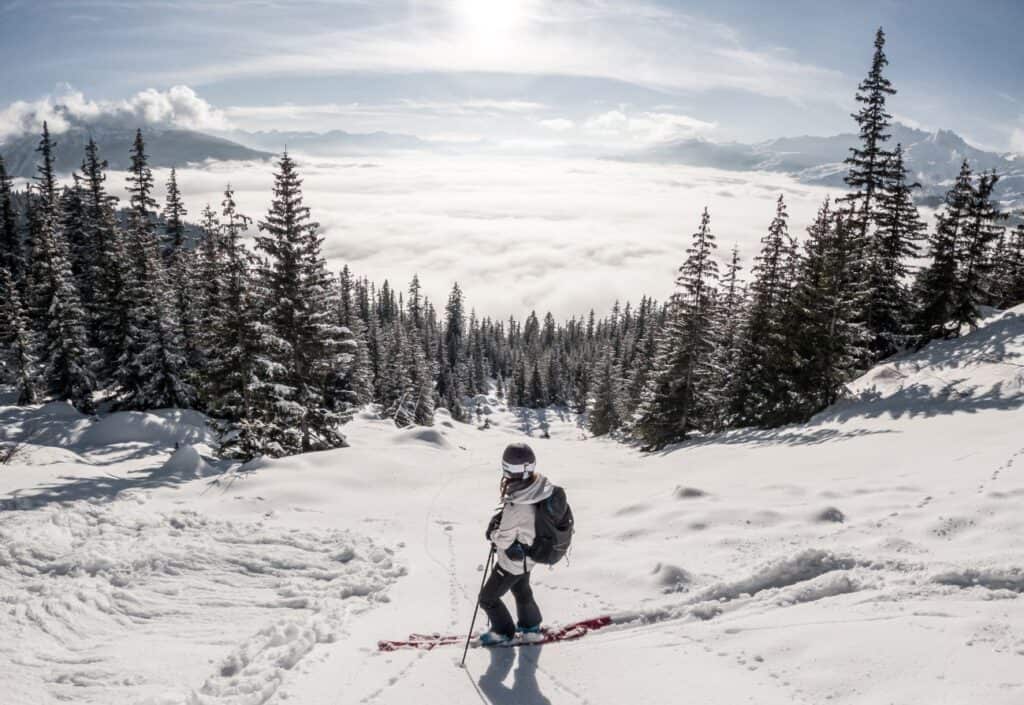
3. A rising demand for mountain rental properties
Increased tourist numbers
Over the last 15 years, many ski resorts have seen a significant increase in visitor numbers. This growth can be attributed to a number of factors, including improved infrastructure, diversification of activities and seasonal events, and a focus on the overall holiday experience.
Resorts have broadened their offer to attract a wider audience, including families, summer sports enthusiasts and travellers looking to relax in the great outdoors.
A trend reinforced after Covid-19
The COVID-19 pandemic has led to significant changes in travel behaviour. Restrictions and concerns about social distancing have meant that many people have sought out destinations offering a safer, more open environment. In this context, it makes sense to invest in ski resorts, to take advantage of the open spaces, natural ventilation and the opportunity to take part in outdoor activities while avoiding crowds.
The vast expanses and pure air of the mountains offer a less crowded environment, helping to reduce the risks associated with the spread of various viruses, including Covid-19, and other potential pathogens.
Unlike crowded seaside resorts, mountain biking, skiing and snowboarding allow you to maintain the right physical distance while enjoying your favourite sport to the full.
What’s more, the peaceful atmosphere and mountain panoramas can have a beneficial effect on wellbeing, which is particularly important in times of tension and anxiety.

4. Investing in unique locations
When it comes to investing in mountain resorts, an exceptional environment and living space appeal to both investors and holidaymakers alike.
Individuality and charm
Resorts in the heart of Alpine landscapes offer an attractive blend of tradition and comfort. Spectacular natural vistas blend harmoniously with traditional architectural features. On one hand, the villages preserve their history and character, while on the other, modern resorts offer luxury amenities with breathtaking panoramic views.
Each destination holds its own unique charm, telling a captivating story and offering an unforgettable experience for holidaymakers.
Landscapes: mountainous, pastures or rural?
Investing in a resort means buying a property where you can enjoy the snow-covered peaks in winter, the valleys in summer, or the warm hues of autumn. These striking views create an environment that is perfect for relaxation and wellbeing.
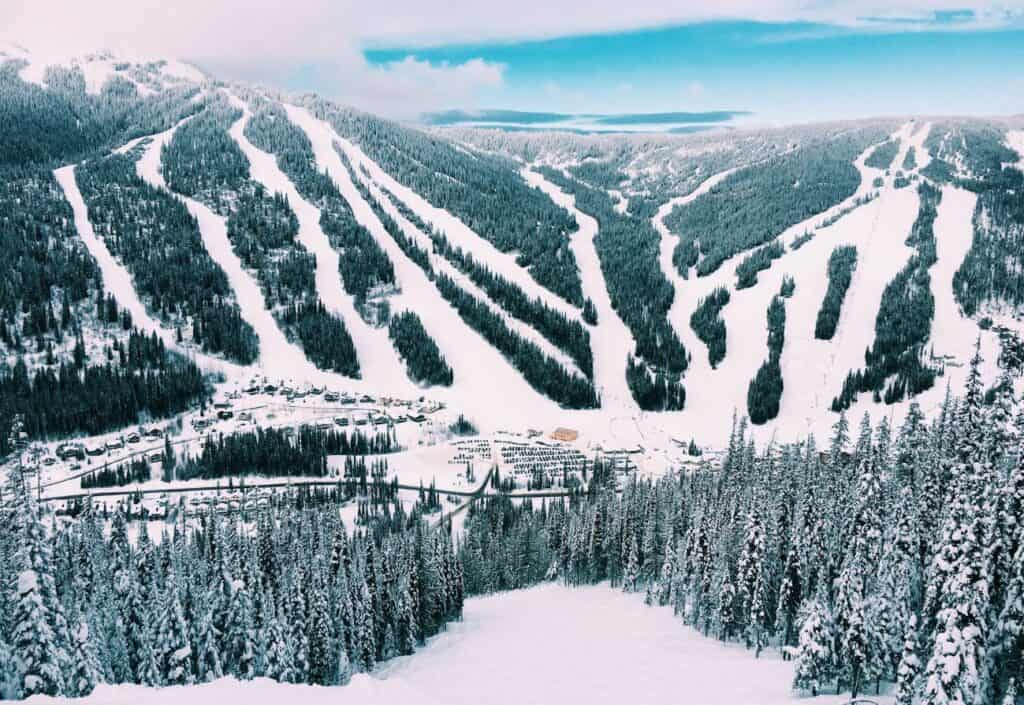
Extended seasons
Contrary to common perception, mountain resorts are not just for the ski season, they offer a multitude of activities all year round. In winter, skiing and snowboarding are the stars, but in summer the possibilities are endless: hiking, mountain biking, paragliding, climbing, golf… This diversity of activities attracts a wide range of travellers, from winter sports fans to outdoor enthusiasts.
Something to tempt the tastebuds
Another lure of the Alps is the wonderful cuisine. Mountain regions offer a variety of local specialities, from traditional dishes such as Savoyard fondue and raclette to fine dining at Michelin-starred restaurants. Local products such as cheese, artisanal charcuterie and wild mushrooms are served up with modern creativity in mountain restaurants and refuges.
Health benefits
The mountain climate, with its fresh air, plays a vital role in improving health and wellbeing. Breathing cleaner air at altitude stimulates the lungs, promotes blood circulation and helps to oxygenate the body. The effects of this climate are felt as soon as you take your first breaths; you’ll notice increased mental clarity and feel more vigorous.

5. Year-round potential
Winter
Winter is the peak season for mountain resorts. Snow lovers are drawn to the well-groomed slopes, thrilling descents and the pleasures of other winter sports. The snow-covered views create a magical atmosphere and invite you to relax in cosy chalets by the fireplaces. Plus, lively après-ski, music festivals and traditional mountain restaurants add to this characteristic atmosphere.
Resorts such as Chamonix, Courchevel and Val d’Isère are renowned for their world-class ski slopes, which are suitable for skiers of all abilities, especially those with some experience. And what could be more magical than spending Christmas in an Alpine village, with festive and New Year fun laid on?
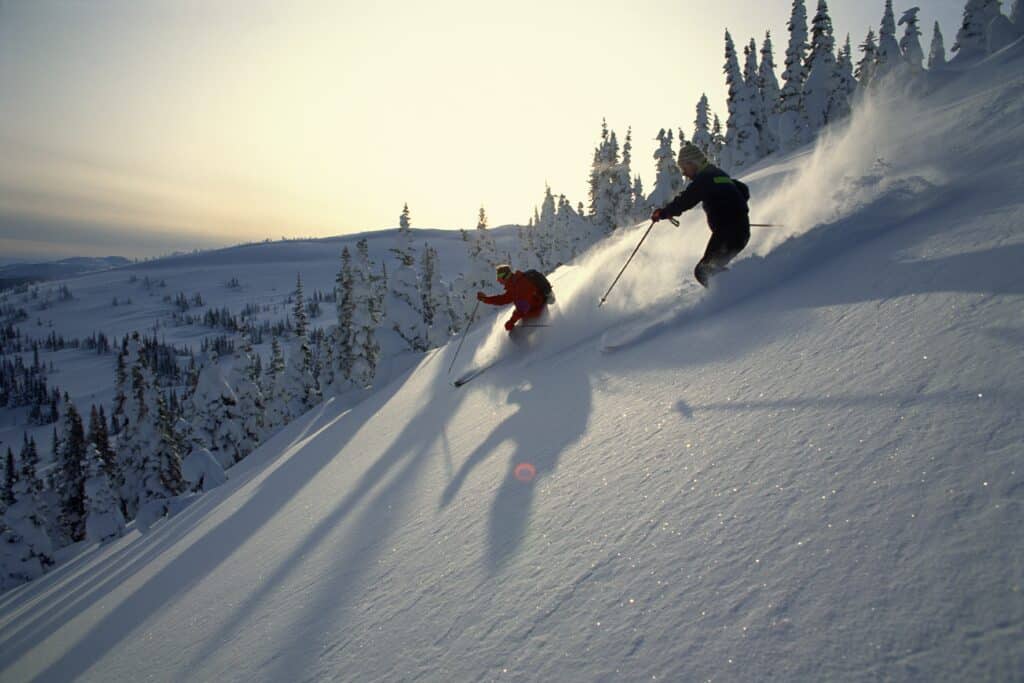
Spring
With the arrival of spring, the mountains come alive as the landscapes take on bright colours with the trees bursting into blossom. Hikers and cyclists flock to the Alps as the mild temperatures and variety of trails make it the ideal time to explore the surrounding countryside. On top of that, rivers and lakes begin to thaw, opening up opportunities for fishing and water sports.
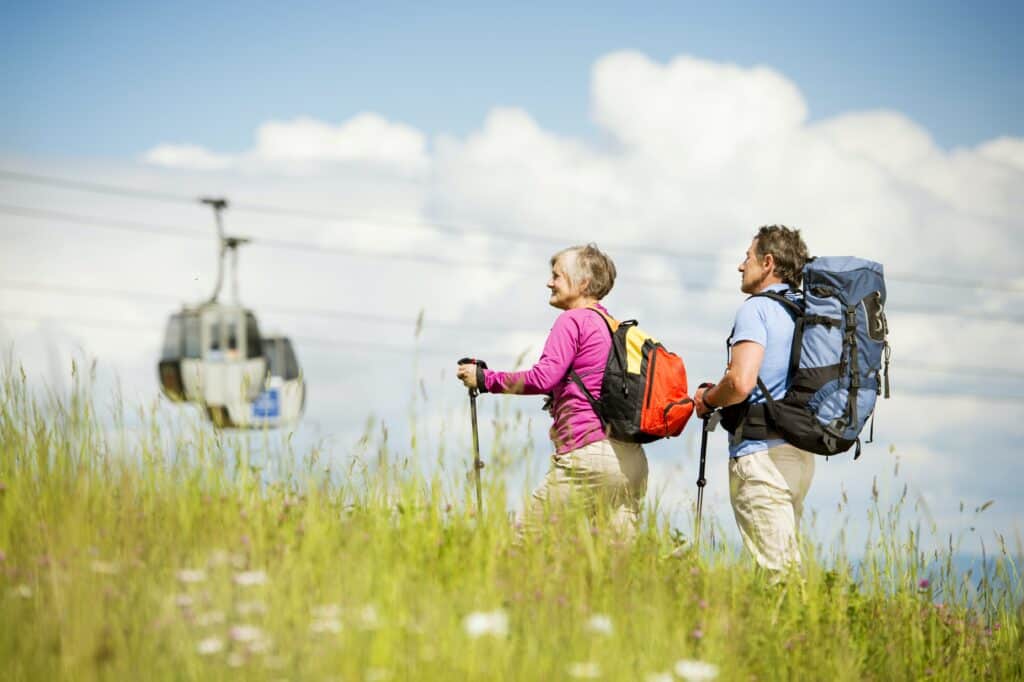
Summer
Summer is synonymous with a variety of outdoor activities in mountain resorts. Hiking, mountain biking, climbing, paragliding and golf are just a few of them.
Families can enjoy the amusement parks, playgrounds and cultural events organised during the summer season while the cooler mountain climate offers a welcome respite from the sweltering summer temperatures of urban areas.
The summer months also see an influx of hikers and mountain bikers in the Alps, around Lake Geneva, in Evian-les-Bains or around Mont Blanc. Plus, music festivals such as the Montreux Jazz Festival attract visitors from all over the world in search of culture and entertainment.

Autumn
In autumn, the forests turn glorious shades of red, orange and yellow, creating spectacular landscapes for walkers and hikers to enjoy. The resorts also offer festivals focusing on local produce, music and culture, attracting visitors in search of something different.
The vineyards of Savoie, for example, are an opportunity to taste some unusual wines before strolling through the village markets.
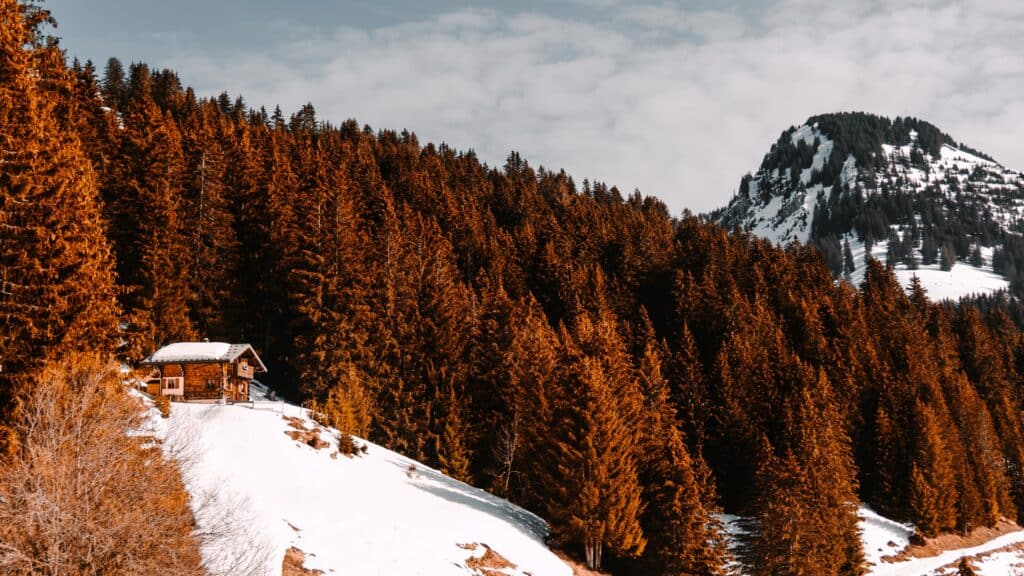
6. Resort redevelopment and investment
Mountain resorts in Savoie and Haute-Savoie have adopted a proactive approach to investment. They seek to constantly improve their offering, meet the changing needs of holidaymakers and extend the appeal of the destinations beyond the peak season, benefiting tourists and investors alike.
Improving infrastructure
Ski resorts want to provide holidaymakers with a top-quality experience, so they make a point of renovating ski lifts, re-inventing ski slopes and creating more facilities for skiers and snowboarders.
The Grand Massif ski area, for example, has worked hard to set up an entire inter-station network of state-of-the-art gondolas and panoramic chairlifts, enabling skiers to move quickly from one resort to another while enjoying the scenery.
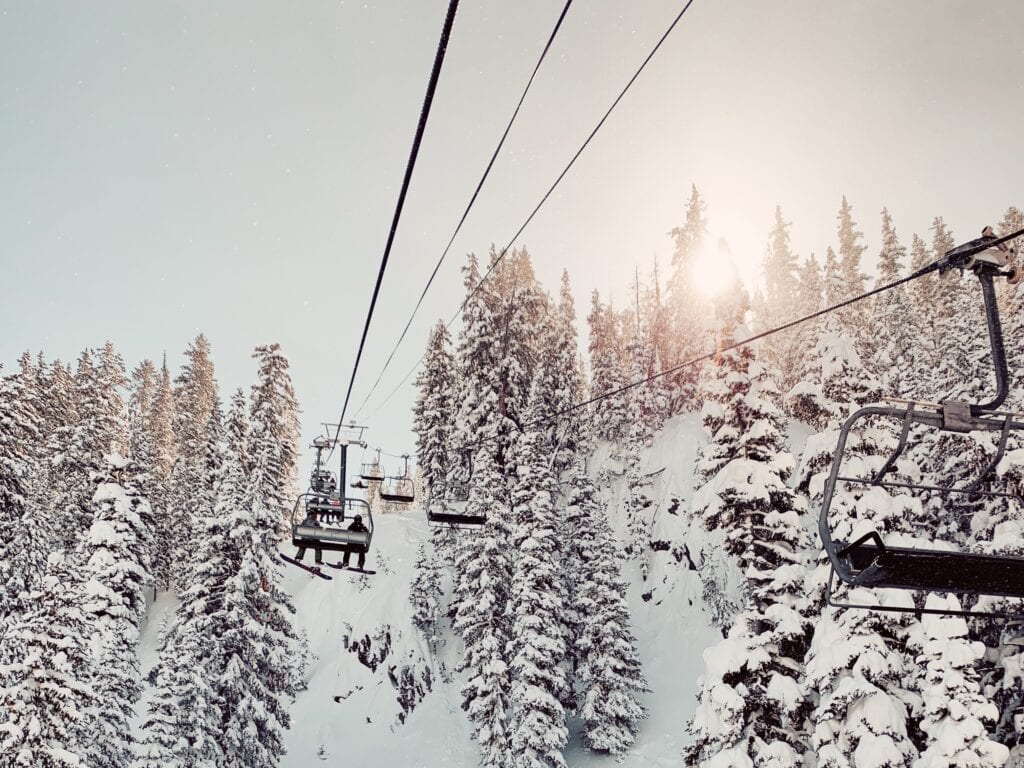
Winter activities off the slopes
To attract a wider audience, many resorts are broadening their offer by offering wider winter activities such as tobogganing, ice skating, snowshoeing and even dog-sledding evenings. Les Arcs, for example, offers floodlit night-time toboggan runs, adding a playful touch to the winter experience and Les Gets is famous for its night-time cross-country ski run, which adds a new dimension to skiing after dark.
A growing offer in summer and out-of-season
Investment is not limited to winter. In summer, the resorts promote activities such as downhill mountain biking, outdoor adventure parks, golf, hiking and swimming in mountain lakes. These activities attract outdoor enthusiasts and families looking for summer adventure.
Over the last 10 years, the following projects have been launched:
- In 2012, in Morzine, the “Indiana’Ventures” tree-top adventure course;
- In 2015, in Alpe d’Huez, a Pumptrack, for mountain bikers;
- In 2013, Tignes launched “Tignespace”, a multi-sports centre for activities such as tennis and basketball.
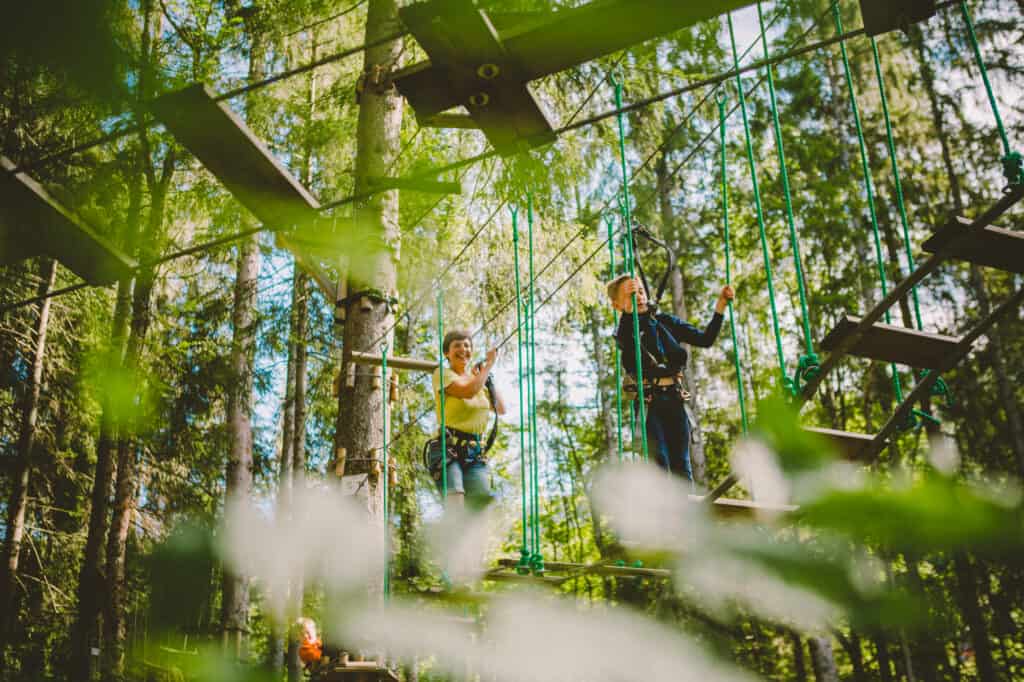
Resorts also strive to attract visitors during quieter seasons with festivals or special regional events and seek to attract younger holidaymakers. Annecy, for example, offers lake cruises and guided tours to showcase the region’s history and culture.
Modernity and sustainability
Resorts are also investing in modern facilities to enhance guest comfort such as quality accommodation, wellness facilities, upscale dining areas and convention centres to host events.
Mountain resorts are also committed to sustainable initiatives. For example, electric vehicle charging stations are increasingly being installed, and there are increased efforts to promote soft mobility, such as bicycle paths and electric shuttles. Waste reduction and green energy initiatives are also being implemented to minimise the environmental impact of the resorts.
7. Internationally-recognised resorts
French ski resorts, particularly those in the Alps, enjoy undisputed worldwide recognition. This reputation attracts holidaymakers from all over the world, seeking high-end holiday experiences, spectacular scenery and a harmonious blend of tradition and luxury.
The 3 Vallées: A paradise for skiers
The 3 Vallées, which brings together Courchevel, Méribel and Val Thorens, boasts the largest ski area in the world. This exceptional complex, with its many varied slopes, state-of-the-art lifts and top-quality infrastructure, is a magnet for skiers and snowboarders the world over. The range of difficulty levels, mesmerising scenery and unrivalled facilities make The 3 Vallées a world-renowned winter destination.
Megève and Courchevel: Elegance and luxury
These havens of refinement attract holidaymakers in search of luxury experiences. Five-star hotels, designer boutiques, Michelin-starred restaurants and privileged services combine in a sophisticated resort experience.
Authentic villages: A taste of tradition
Authentic villages and towns such as Chamonix, Annecy and Yvoire are renowned for their timeless charm and cultural heritage. Chamonix seduces with its majestic views of Mont Blanc, while Annecy stands out for its medieval heritage. These stopovers appeal to travellers in search of authentic experiences rooted in local culture.
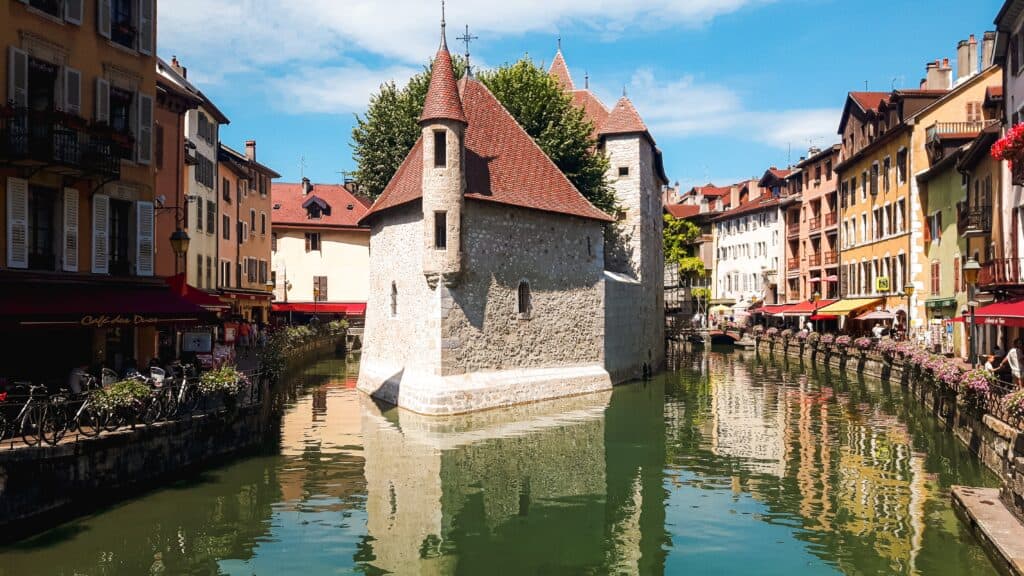
A global attraction
Visitor statistics vary from year to year and from source to source. However, the reputation of these iconic destinations transcends borders, attracting visitors from all over the world from Germany, the USA and Scandinavia.
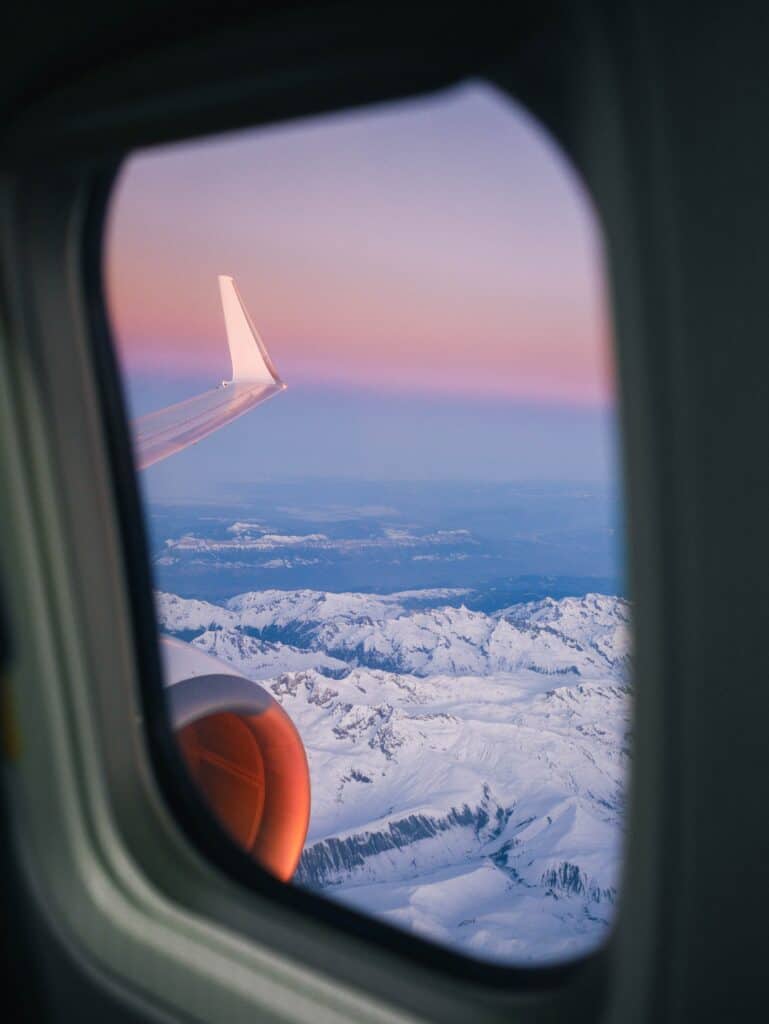
Here are a few examples and facts about the international recognition of these destinations and who they particularly appeal to:
- The Three Valleys have gained in popularity with the British, who have a well-known love of winter sports. Courchevel in particular is often nicknamed “Courchevel-sur-Mer” due to the strong British presence during the winter season. This love affair with our overseas neighbours is due to the quality of the slopes, the modern facilities, the diversity of activities, as well as the warm atmosphere of the resorts.
- Megève is a destination that attracts sophisticated foreign holidaymakers. The resort is popular with Russians, Saudis and visitors from the Middle East looking for luxurious experiences. The village was founded by the Rothschild family in the 1920s and has retained its chic, elegant ambience, attracting celebrities and influential personalities from all over the world.
- Chamonix has a special reputation in the United States due to its legendary status in the mountaineering world, conquering Mont Blanc being the dream of many American mountaineers.
- Annecy, with its eponymous lake, is nicknamed the “Venice of the Alps”. This comparison attracts visitors from all over the world, especially Italians, drawn by the town’s romantic charm. Medieval alleyways, a lively local market and lake cruises add to the town’s appeal. Annecy is also often chosen as a romantic or honeymoon destination.
8. The remote working trend
Remote working and the “bleisure” trend have spawned a revolution in both the professional and tourist spheres. The advantages of telecommuting such as flexibility, tranquility and contact with nature have attracted growing interest from city dwellers. In fact, more and more of them are planning stays in the mountains, even outside traditional holiday periods, another strong argument for investing in Alpine resorts.
An ideal setting for remote working
Mountain resorts offer many advantages for teleworkers including magnificent panoramas, fresh air and peaceful spaces, which create an environment conducive to concentration and creativity. When targeting this type of holidaymaker, it’s a good idea to invest in resorts that are following the trend. Les Gets, for example, has set up coworking spaces decorated in the style of wooden chalets.
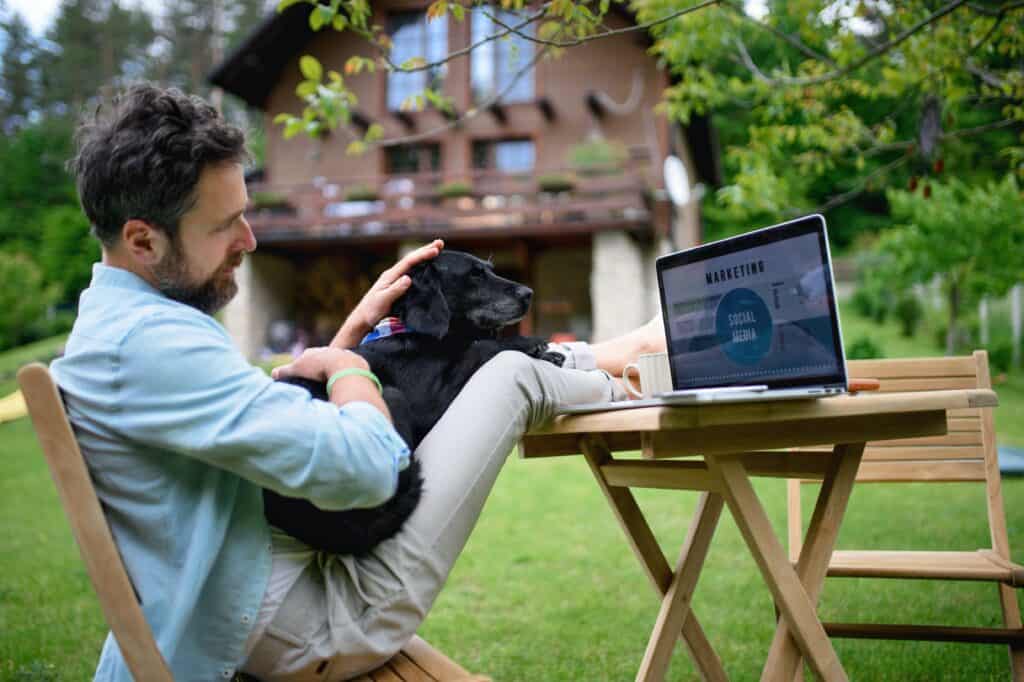
Working remotely in the mountains also makes it possible to combine work and leisure. In fact, this is usually the aim. After a productive working day, workers can enjoy outdoor activities, hiking, winter sports, or simply relax in serene surroundings. In Chamonix, they can tailor their days to suit the weather, combining work responsibilities with outdoor activities such as climbing or mountain biking.
A longer tourist season
Whereas in the past, visitors flocked to the mountains mainly during peak weeks, more and more people are now opting for extended stays in the mountains to work remotely.
Resorts have made efforts to develop their offerings accordingly, and they are keen to communicate this. Not only can they win the loyalty of traditional remote workers during holiday periods, they can also attract those who visit during the off-peak season.
Some resorts have even adopted a community-based approach to telecommuting. Networking events, workshops and special activities are organised to enable remote workers to connect, exchange experiences and forge bonds.
- The village of Morillon, for example, organises guided group hikes, where remote workers can get to know each other while exploring the surrounding area.
- Les Arcs recently welcomed the Wanderful Chalet. This is the prototype of a new concept: a co-working and co-living space, complete with outdoor activities on request.
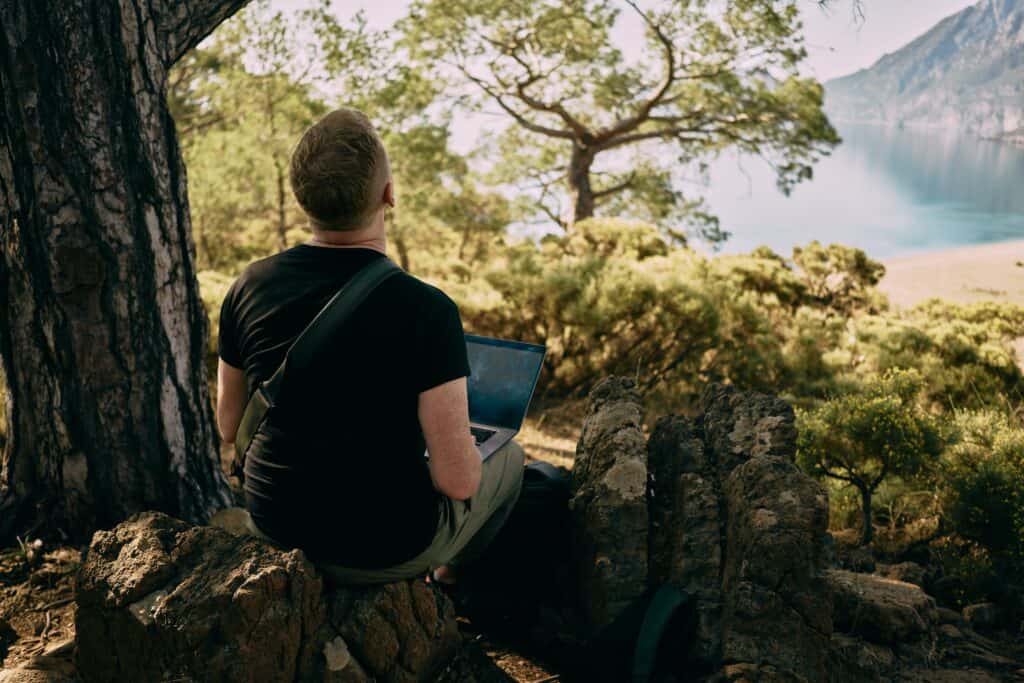
9. Invest in your future
Personal growth
Investing in mountain resorts offers much more than real estate transactions. It’s also an opportunity for personal growth.
By managing the property, skills in property management, online marketing, guest relations and financial decision-making are developed.
Plus, it’s an opportunity to gain self-confidence by interacting with new people or to earn more income to achieve greater fulfilment in leisure or travel.
Building a family legacy
Investing in a property in a ski resort is an opportunity to create a family legacy, build traditions and pass on these values to future generations. A chalet is the perfect place to bring family or friends together, and strengthen ties during parties and celebrations.

Contribute to the development of the region
By investing in a mountain resort, you have the power to encourage regional development beyond profits by:
- Stimulating the economy and helping to create a customer base for local businesses, in turn strengthening the region’s commercial fabric;
- Helping to create jobs (cleaner, concierge services, etc.), contributing to economic growth and the wellbeing of the community;
- Indirectly supporting community projects (infrastructure improvements, cultural preservation, environmental sustainability) through taxes and contributions.
10. Optimising your assets
Reviewing your tax situation
Mountain regions, including the Alps, offer specific tax incentives to encourage real estate investment. Potential tax benefits include:
- The possibility of reclaiming VAT on the initial purchase of a property intended for furnished seasonal rental (reducing its acquisition cost);
- Tax benefits on property capital gains after a certain holding period, so the tax impact on long-term resale is mitigated;
- Certain areas of the Alps are eligible for the Pinel law. Investors who purchase a new property in these areas and rent it out can, under certain conditions, benefit from a subsequent tax exemption.
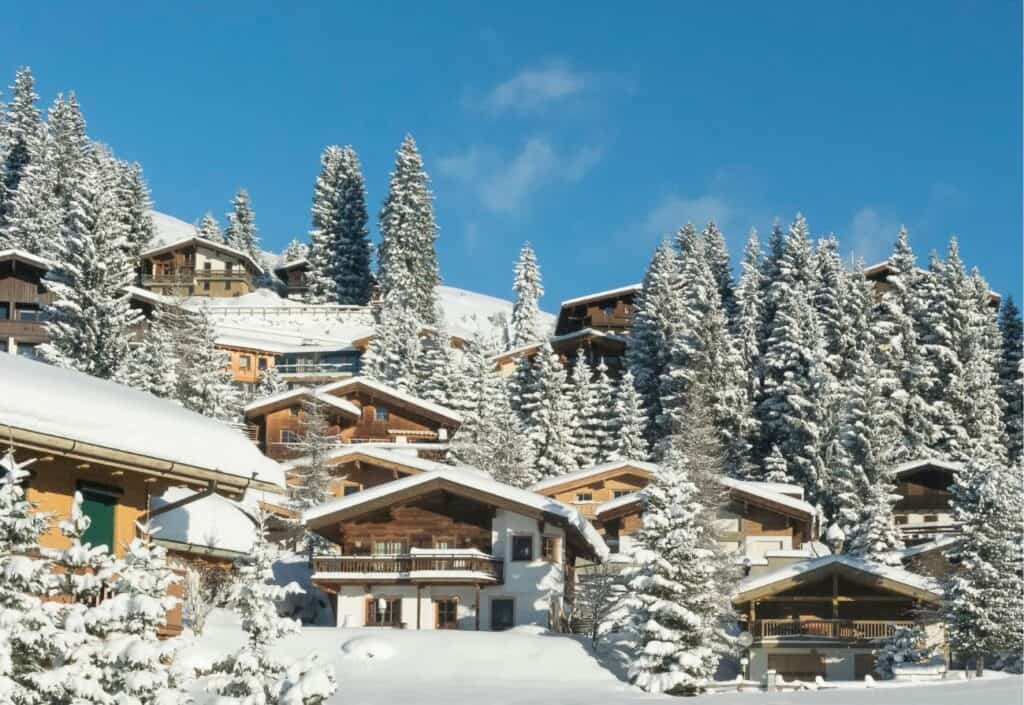
Shared ownership
Shared ownership, also known as co-ownership or timeshare, offers you the benefit of a mountain property while dividing the burdens and tasks with others. In this arrangement, a group of investors collectively acquire a mountain resort property, each holding a share of the property, entitling them to a specific period of use of the residence.
One of the main advantages of shared ownership is cost reduction as you share not only the initial purchase cost of the property but also maintenance costs, property taxes and management costs. This can make the investment more affordable and accessible.
Diversify your investment portfolio
Investing in mountain ski resorts allows you to diversify your portfolio and limit the risks associated with:
- Real estate geography: The real estate market in a northern city centre will not evolve in the same way as in an emerging resort in the Alps;
- Market fluctuations: The demand cycles for long-term rentals and seasonal rentals work very well together;
- Independence of influences: The factors affecting ski resorts (pandemics, weather, etc.) differ from urban areas. By diversifying your property portfolio, you guarantee a degree of independence in the success of your various businesses.

Mountain resorts are much more than tourist destinations, they also pose as profitable opportunities for investment. Whether you are seeking to increase your income, enjoy unforgettable family moments or have personal fulfilment, investing in a ski resort can be the key.
If you would like some expert advice with your rental investment project, contact our team. With a portfolio of more than 150 chalets in rental management, OVO Network helps you maximise your rental income as well as your occupancy rate. Or, find out how much you can earn by renting your chalet with our short-term rental income calculator.
Finally, don’t forget to subscribe to our newsletter and be the first to receive tips on running your holiday rental business, expert opinions and the latest industry news.
Did you enjoy this article? Here are some other articles that might interest you:
